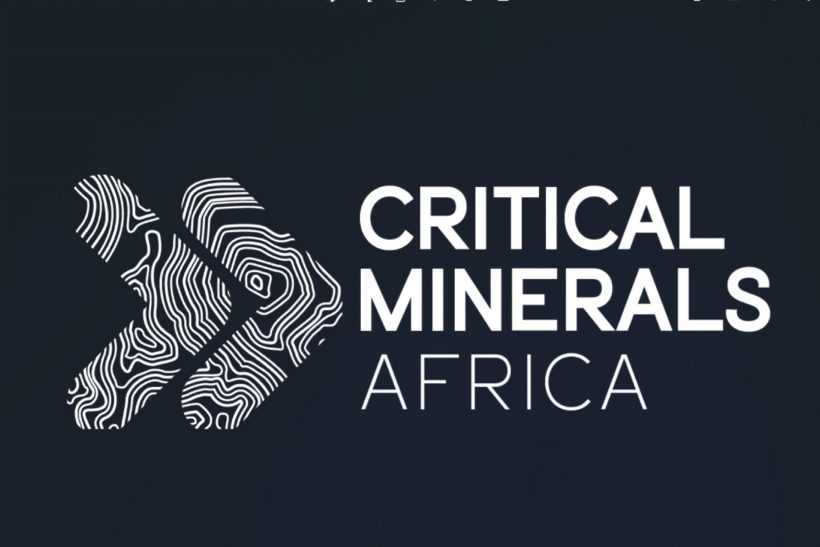
Africa stands to witness impactful economic growth through the development of local mineral value chains.
As efforts to transition to a clean energy future intensify, so does the demand for critical minerals. The World Bank posits that to meet the rise in global demand and avoid the worst impacts of climate change, the production of these minerals will need to increase 500% by 2050. For mineral-rich Africa, a unique opportunity has emerged for countries to capitalize on increased global investment to stimulate sustainable economic growth. However, to maximize the value of the continent’s mineral industry, focus needs to be redirected towards local value chains.
Africa is home to over 30% of the world’s mineral reserves, with almost every single country on the continent rich in at least one critical mineral – resources which are essential for the development of green energy technologies such as electric vehicles, solar and wind installations, batteries and renewable power systems. The Democratic Republic of Congo (DRC) hosts over 70% of the world’s cobalt production; Zimbabwe holds the world’s largest reserves of hard rock lithium; Mozambique is the world’s third-largest producer of graphite; while South Africa accounts for 75% of the world’s supply of Platinum Group Metals. Additionally, Namibia is rich in uranium ore; Gabon in manganese; and Guinea in bauxite, while Zambia is the largest exporter of unrefined copper.
The resources are there, but the value? That comes with the market. Africa stands to earn a great deal more from its mineral resources through the development of competitive value chains. Downstream investments unlock job opportunities, advancements in infrastructure and skills transfer, and are poised to establish Africa as a global hub for critical minerals. Economic benefits such as the development of associated industries and strengthened fiscus will shortly follow, enabling countries to drive long-term and sustainable economic growth.
While some African countries have seen substantial success in the extraction of critical minerals, domestic markets are modest at best. Apart from South Africa, which invested heavily in beneficiation in the late 1990s, many countries continue to export the majority of their raw mineral resources. Current estimates show that up to 70% of mined minerals are exported to Europe or Asia for refining. However, many countries are eager to reserve this trend in an effort to enhance value addition, stimulate industrialization and beneficiation, and ultimately, advance economic growth.
To this effect, several policies have been implemented aimed at supporting the development of the domestic mineral value chain. Zimbabwe implemented a national ban on the export of unprocessed lithium resources earlier this year, with Namibia implementing a similar ban just six months after. More recently, Ghana announced the approval of the country’s Green Minerals Policy, effectively banning the exportation of unprocessed mineral resources in an effort to retain value and bolster domestic supply chains. Unfortunately, these policies will fail to bear fruit unless backed by sizeable investments in processing and manufacturing facilities. Critics have also posited that without clear strategy and diversified ownership structures in place, these policies could actually serve as deterrents to foreign investment while creating export bottlenecks.
So, what now? By putting in place favorable investment environments, governments will incentivize increased private sector participation in the mining industry. Private players and capital will lead to job creation and economic growth, infrastructure development and downstream expansion, as well as technological innovation and expertise. By incentivizing and supporting private investment, countries stand to benefit from a more diversified and robust industrial base. There has already been some progress in this area. Since implementing its ban, Zimbabwe has seen two lithium processing facilities reach completion: a $300 million plant located near the Arcadia Lithium Mine and a dual lithium plant at the Bikita mine.
However, investments need to go beyond mineral processing, or countries risk falling back into export-driven trends. Global management consulting company McKinsey & Company explains that historically, supply chains have taken preference over value chains in Africa, leading to siloed operations in which responsibilities are distributed to optimize individual steps. In other words, capital is injected into the logistics and commercial aspects (mining, processing, rail and shipping) rather than the comprehensive market (manufacturing and assembly, research and development, product design and engineering, and more). Recent developments aim to address this nexus however.
The African Development Bank is working on the African Green Minerals Development Strategy, a policy guide for how African countries can strategically exploit their green mineral resources for industrialization. The strategy hinges on four pillars: advancing mineral development and investment; developing human and technological capacities; building key value chains through the African Continental Free Trade Agreement; and promoting mineral and environmental stewardship. The strategy reiterates the role cross-border collaboration and streamlined policies play in strengthening local value chains in Africa while drawing attention to the need for investments in skills and technology, product manufacturing and intra-African trade. This strategy is a crucial first step towards creating strong mineral value chains in Africa. Now, what’s left is alignment, and bringing capital and buyers to the African market.
The Critical Minerals Africa (CMA) summit provides a platform where investors, consumers and producers connect. Taking place in Cape Town from October 17-19 – con-currently with the continent’s biggest energy event: African Energy Week – CMA 2023 stands at the intersection of energy and mining, and represents the African critical minerals dealmaking space. The event convenes governments and the private sector, fostering engagement on a bilateral and multilateral level under efforts to advance critical minerals production and processing while planning strategic roadmaps for minerals and energy security. By linking global consumers and producers, CMA 2023 brings capital and buyers to African projects, and will serve as a catalyst for the development of local supply and value chains in Africa’s mineral hotspots.
Tickets are now available at www.criticalmineralsafrica.com.
For more information about speaker opportunities, contact [email protected].
For more information about sponsorship, contact [email protected].
For information about any strategic objectives you may have, contact [email protected]

